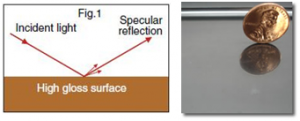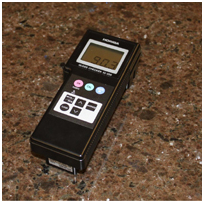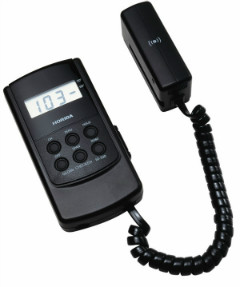Why Measure Gloss?
Gloss Meters provide an easy-to-use and objective approach to eliminating ambiguity of subjective observations and inspecting surface luster. Gloss Meters give a numerical value to glossiness, which can be utilized in quality control and process benchmarks.
What Does Gloss Value Mean?
When light shines on an object, a few of the part of it is absorbed. Basically, here are two ways in which light reflects a surface, diffuse reflections. he percentage of specular reflection. The incident angles can be at 2 different angles of 60° (IG-331) to suit different conditions. tandard setting of incident angle for applications is 60°.
High Gloss Surface
Specular reflection is the mirror-like re to surface normal. A surface gives less diffuse reflection.

Low Gloss Surface
Diffuse reflection is the matte reflection incident light is reflected in a range of scattered angles. A sheet of cardboard gives more diffuse reflection. We such a surface to be dull.

Applications
(Click Here For Available Gloss Meters)
- Checking masonry and building exteriors

- Evaluation of detergents and washers
- Surface inspection of plastic mouldings
- Auto-body paint inspection
- Inspection of paint protection and waxing
- Polished metal surface measurement (chrome plating)
- Quality control of paint and ink
- Checking printed matter
- Stone and tile gloss measurement
- Surface cleaning quality control
- Floor maintenance
 Benefits for the User
Benefits for the User
- To show high quality service has been achieved
- To prove that quality standards have been met
- Save time
- Increase user’s product value (by improving the quality of the service they provide)
- Can be used for quality control
- Used to evaluate/show the effectiveness and performance polishing and grinding operation.
(Click Here For Available Gloss Meters)
Source: Horiba
